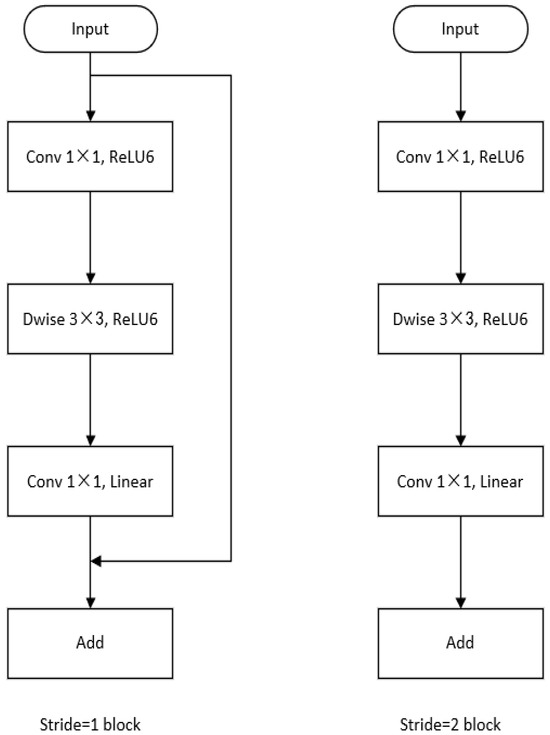The oriental fruit fly,
Bactrocera dorsalis (Hendel), poses a significant threat to the global fruit industry, causing damage to diverse fruits like citrus, mango, and guava. Chemical pesticides have limited effectiveness, and pesticide residues and pesticide resistance are pressing issues. Therefore, it is
[...] Read more.
The oriental fruit fly,
Bactrocera dorsalis (Hendel), poses a significant threat to the global fruit industry, causing damage to diverse fruits like citrus, mango, and guava. Chemical pesticides have limited effectiveness, and pesticide residues and pesticide resistance are pressing issues. Therefore, it is essential to develop environmentally friendly pest control methods to address this problem. Behavior-modifying chemicals, including male attractants and intersex protein baits, play a critical role in the control of
B. dorsalis. The mature host fruit serves as both an oviposition site and food source under natural conditions, making it a potential attraction source for oriental fruit flies. Orange,
Citrus sinensis, is a main host of
B. dorsalis, and commercial orange juice is a common attractant for the egg laying of
B. dorsalis. Although it can both attract and elicit oviposition behaviors in
B. dorsalis adults, its active components are still unclear. This study utilized analytical chemistry, behavioral tests, and electrophysiology to identify the active components of commercial orange juice that attract
B. dorsalis, with the aim of providing a reference for the development of behavior-modifying chemical-based techniques to control
B. dorsalis. Five compounds with a high abundance were identified via a GC-MS, including D-Limonene, butanoic acid ethyl ester, β-myrcene, linalool, and α-terpineol. Behavioral and electrophysiological experiments uncovered that D-Limonene was the active substance that was the main attractant in the mixture of these five substances, evoking a strong electrophysiological response in adult
B. dorsalis. D-Limonene strongly attracts adult
B. dorsalis only when they are sexually mature, and the attraction is not rhythmic. Olfaction plays a leading role in the attraction of D-Limonene to adult
B. dorsalis, and
Orco−/− mediates the perception of D-Limonene by
B. dorsalis. Overall, D-Limonene is one of the key attractant compounds for
B. dorsalis in the volatile compounds of commercial orange juice, offering possible support for the development of behavior-modifying chemical-based technology to control
B. dorsalis in the future.
Full article
 IJMS
IMPACT
IJMS
IMPACT Applied Sciences
IMPACT
Applied Sciences
IMPACT Sustainability
IMPACT
Sustainability
IMPACT Sensors
IMPACT
Sensors
IMPACT JCM
IMPACT
JCM
IMPACT Materials
IMPACT
Materials
IMPACT Molecules
IMPACT
Molecules
IMPACT Energies
IMPACT
Energies
IMPACT Electronics
IMPACT
Electronics
IMPACT Remote Sensing
IMPACT
Remote Sensing
IMPACT Cancers
IMPACT
Cancers
IMPACT Nutrients
IMPACT
Nutrients
IMPACT Mathematics
IMPACT
Mathematics
IMPACT Foods
IMPACT
Foods
IMPACT Buildings
IMPACT
Buildings
IMPACT Polymers
IMPACT
Polymers
IMPACT Animals
IMPACT
Animals
IMPACT Water
IMPACT
Water
IMPACT Plants
IMPACT
Plants
IMPACT Agronomy
IMPACT
Agronomy
IMPACT Biomedicines
IMPACT
Biomedicines
IMPACT Processes
IMPACT
Processes
IMPACT Microorganisms
IMPACT
Microorganisms
IMPACT Diagnostics
IMPACT
Diagnostics
IMPACT Nanomaterials
IMPACT
Nanomaterials
IMPACT Viruses
IMPACT
Viruses
IMPACT Medicina
IMPACT
Medicina
IMPACT Healthcare
IMPACT
Healthcare
IMPACT Cells
IMPACT
Cells
IMPACT Forests
IMPACT
Forests
IMPACT Agriculture
IMPACT
Agriculture
IMPACT Land
IMPACT
Land
IMPACT JMSE
IMPACT
JMSE
IMPACT IJERPH
IJERPH
 Symmetry
IMPACT
Symmetry
IMPACT Genes
IMPACT
Genes
IMPACT Pharmaceutics
IMPACT
Pharmaceutics
IMPACT Coatings
IMPACT
Coatings
IMPACT Micromachines
IMPACT
Micromachines
IMPACT Pharmaceuticals
IMPACT
Pharmaceuticals
IMPACT Atmosphere
IMPACT
Atmosphere
IMPACT Children
IMPACT
Children
IMPACT Religions
IMPACT
Religions
IMPACT Antioxidants
IMPACT
Antioxidants
IMPACT Life
IMPACT
Life
IMPACT Metals
IMPACT
Metals
IMPACT Biomolecules
IMPACT
Biomolecules
IMPACT Vaccines
IMPACT
Vaccines
IMPACT Education Sciences
IMPACT
Education Sciences
IMPACT Minerals
IMPACT
Minerals
IMPACT Horticulturae
IMPACT
Horticulturae
IMPACT Brain Sciences
IMPACT
Brain Sciences
IMPACT JPM
IMPACT
JPM
IMPACT Bioengineering
IMPACT
Bioengineering
IMPACT




























